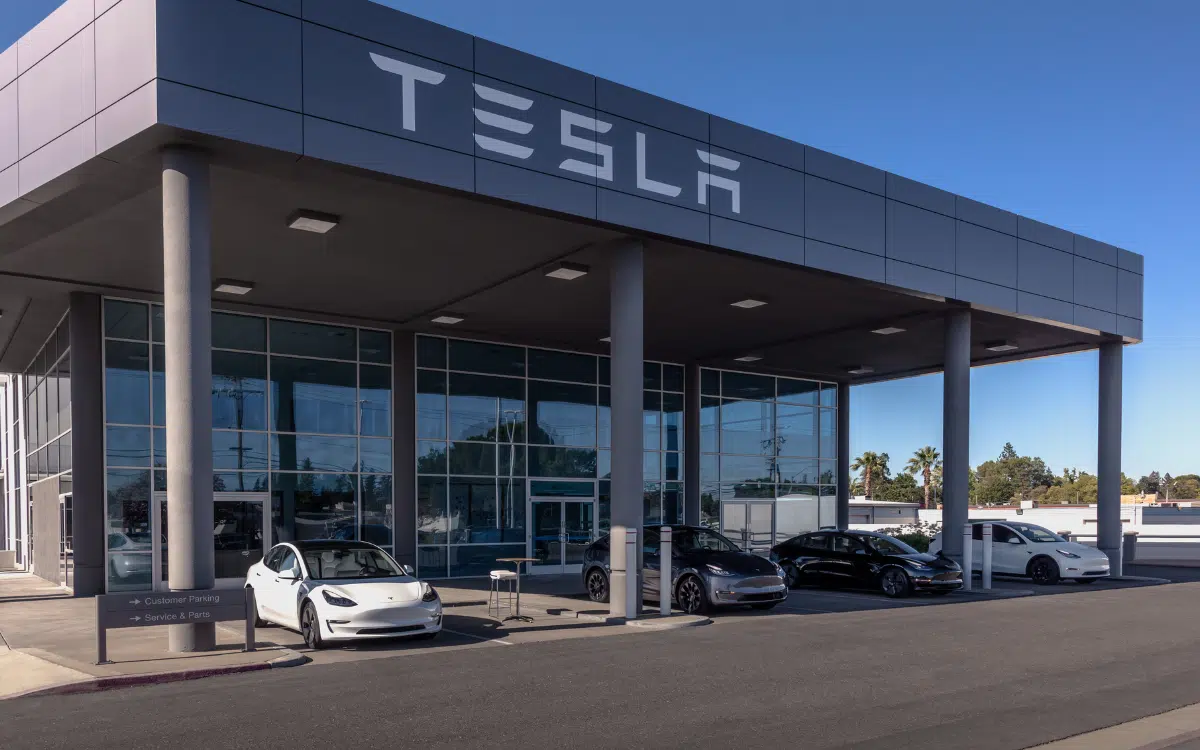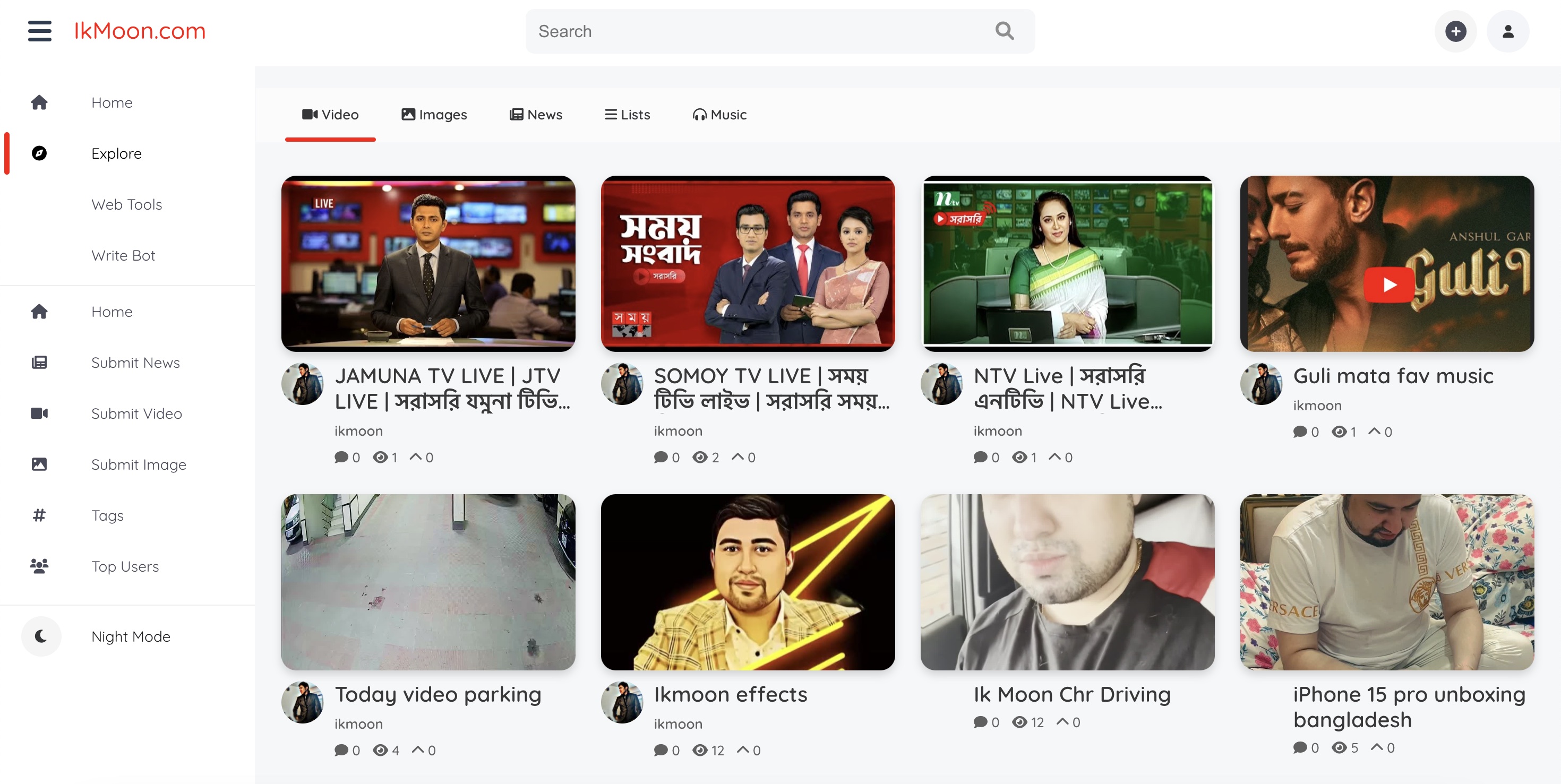Celestia Labs Unveils Blobstream for Enhanced Ethereum Data Availability
The post Celestia Labs Unveils Blobstream for Enhanced Ethereum Data Availability appeared on BitcoinEthereumNews.com. Celestia Labs released Blobstream, previously the Quantum Gravity Bridge, to increase Ethereum data availability. This advanced technology helps Ethereum developers build high-throughput Layer 2 (L2) applications, transforming Ethereum scalability and acceptance. Blobstream by Celestia Labs Empowers Ethereum Developers with L2 Solutions Blobstream sends Ethereum Celestia data root commitments via an on-chain light client. These capabilities enable Ethereum developers to implement Layer 2 (L2) solutions like smart contracts. L2 programming becomes more accessible to developers by democratizing it. The new Blobstream approach uses Data Availability Sampling (DAS), a 2017 Ethereum research subject. The Decentralized Availability System lets users actively enhance Celestia rollup data accessibility. The user receives a sample light node to find Celestia validators withholding data or producing invalid blocks. DAS protects end-user security while managing expanding data demands from various rollups. Celestia can increase data throughput as the light node network increases. This expands Ethereum’s Layer 2 ecosystem, supporting new applications and decreasing data availability issues. L2 solutions on Ethereum can be created using Blobstream and DAS, like smart contracts. Importantly, this trend is not confined to rich developers. It makes contributing to Ethereum’s scaling solutions easier and more thorough for developers. Succinct Labs’ Blobstream X zero-knowledge (ZK) implementation increases Celestia protocol performance and security. This ZK solution authenticates Celestia validators’ blockchain signatures using a light client. This simplifies protocol and lowers validator work. Data availability is faster using Blobstream X for Ethereum Layer 2 data root commitment streaming. It talks about benefits and a way to look into zero-knowledge (ZK) proofs for qualities that go beyond consensus, like erasure coding and block validity requirements. This gives Ethereum developers several options. Blobstream and Blobstream X Available for Testing on Ethereum Testnet The testnet supports Blobstream and Blobstream X, allowing Ethereum’s Layer 2 solutions and rollup frameworks to test advanced…

The post Celestia Labs Unveils Blobstream for Enhanced Ethereum Data Availability appeared on BitcoinEthereumNews.com.
Celestia Labs released Blobstream, previously the Quantum Gravity Bridge, to increase Ethereum data availability. This advanced technology helps Ethereum developers build high-throughput Layer 2 (L2) applications, transforming Ethereum scalability and acceptance. Blobstream by Celestia Labs Empowers Ethereum Developers with L2 Solutions Blobstream sends Ethereum Celestia data root commitments via an on-chain light client. These capabilities enable Ethereum developers to implement Layer 2 (L2) solutions like smart contracts. L2 programming becomes more accessible to developers by democratizing it. The new Blobstream approach uses Data Availability Sampling (DAS), a 2017 Ethereum research subject. The Decentralized Availability System lets users actively enhance Celestia rollup data accessibility. The user receives a sample light node to find Celestia validators withholding data or producing invalid blocks. DAS protects end-user security while managing expanding data demands from various rollups. Celestia can increase data throughput as the light node network increases. This expands Ethereum’s Layer 2 ecosystem, supporting new applications and decreasing data availability issues. L2 solutions on Ethereum can be created using Blobstream and DAS, like smart contracts. Importantly, this trend is not confined to rich developers. It makes contributing to Ethereum’s scaling solutions easier and more thorough for developers. Succinct Labs’ Blobstream X zero-knowledge (ZK) implementation increases Celestia protocol performance and security. This ZK solution authenticates Celestia validators’ blockchain signatures using a light client. This simplifies protocol and lowers validator work. Data availability is faster using Blobstream X for Ethereum Layer 2 data root commitment streaming. It talks about benefits and a way to look into zero-knowledge (ZK) proofs for qualities that go beyond consensus, like erasure coding and block validity requirements. This gives Ethereum developers several options. Blobstream and Blobstream X Available for Testing on Ethereum Testnet The testnet supports Blobstream and Blobstream X, allowing Ethereum’s Layer 2 solutions and rollup frameworks to test advanced…
What's Your Reaction?







































